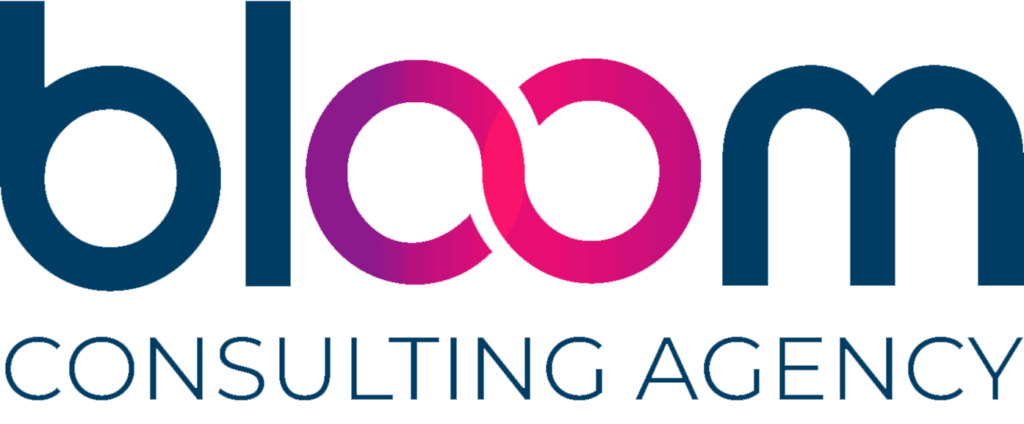In the realm of healthcare, where patient safety and quality of care are paramount, facility accreditation stands as a hallmark of excellence. Accreditation serves as a validation of a healthcare facility’s commitment to meeting rigorous standards and continuous improvement. However, for many healthcare providers, the accreditation process can seem daunting and complex.
Understanding Facility Accreditation
Facility accreditation is a voluntary process undertaken by healthcare organizations to demonstrate their compliance with established standards of quality and safety. Accreditation is typically conducted by independent accrediting bodies or agencies recognized by regulatory authorities. These bodies assess various aspects of a healthcare facility, including patient care, organizational governance, clinical protocols, safety protocols, and administrative processes.
Benefits of Accreditation
While achieving accreditation requires significant time, effort, and resources, the benefits far outweigh the challenges. Accreditation not only enhances a facility’s reputation and credibility but also fosters a culture of continuous improvement and excellence. Accredited facilities are often perceived as more trustworthy by patients, insurers, and regulatory agencies, leading to increased patient referrals, reimbursement rates, and regulatory compliance. Moreover, accreditation provides a framework for identifying areas for improvement and implementing evidence-based best practices, ultimately resulting in better patient outcomes and satisfaction.
Key Requirements for Accreditation
The accreditation process involves meeting specific standards and criteria set forth by accrediting bodies. While these standards may vary depending on the accrediting organization and the type of facility, there are common elements that are typically assessed during the accreditation process. These may include:
- Clinical Quality and Safety: Ensuring adherence to clinical protocols, infection control measures, medication safety, and patient rights.
- Leadership and Governance: Demonstrating effective leadership, governance structures, and strategic planning processes to support organizational goals and objectives.
- Patient Experience: Focusing on patient-centered care, communication, and responsiveness to patient needs and preferences.
- Human Resources: Ensuring sufficient staffing levels, competency assessments, staff training, and professional development programs.
- Infrastructure and Environment: Maintaining safe and functional facilities, equipment, and technology to support the delivery of high-quality care.
- Information Management: Implementing secure and efficient systems for managing patient information, including electronic health records (EHRs) and data privacy measures.
Steps to Achieve and Maintain Accreditation
Achieving and maintaining accreditation requires a comprehensive approach that involves careful planning, preparation, and ongoing monitoring. Here are key steps healthcare organizations can take to navigate the accreditation process successfully:
- Conduct a Gap Analysis: Assess your current practices against accreditation standards to identify areas of strength and opportunities for improvement.
- Develop an Accreditation Plan: Establish a dedicated accreditation team or committee responsible for overseeing the accreditation process. Develop a timeline, allocate resources, and assign specific responsibilities to team members.
- Implement Quality Improvement Initiatives: Implement evidence-based practices, quality improvement initiatives, and clinical protocols to address identified areas of improvement and align with accreditation standards.
- Engage Stakeholders: Foster collaboration and communication among staff, clinicians, patients, and external stakeholders to garner support and participation in the accreditation process.
- Prepare Documentation: Compile and organize documentation, policies, procedures, and evidence of compliance with accreditation standards. Ensure documentation is accurate, up-to-date, and easily accessible for review.
- Conduct Mock Surveys: Conduct mock surveys or readiness assessments to simulate the accreditation process and identify any gaps or deficiencies that need to be addressed before the official survey.
- Participate in Continuous Monitoring and Improvement: Establish mechanisms for ongoing monitoring, data collection, and performance measurement to track progress, identify trends, and drive continuous improvement initiatives.
- Prepare for the Accreditation Survey: Prior to the official survey, conduct final preparations, staff education, and mock survey drills to ensure readiness and confidence among staff.
- Participate in the Accreditation Survey: Cooperate with surveyors during the on-site accreditation survey, providing accurate information, demonstrating compliance with standards, and addressing any questions or concerns.
- Address Findings and Recommendations: Following the survey, review survey findings, recommendations, and areas for improvement identified by surveyors. Develop and implement corrective action plans to address deficiencies and ensure ongoing compliance with accreditation standards.
- Maintain Ongoing Compliance: Continuously monitor and evaluate performance, implement quality improvement initiatives, and participate in regular accreditation reviews to maintain accreditation status and drive continuous improvement.
Addressing Challenges and Overcoming Barriers
Despite the numerous benefits of facility accreditation, healthcare providers may encounter various challenges and barriers throughout the accreditation process. Limited resources, including time, staff, and financial constraints, can hinder organizations’ ability to dedicate adequate resources to accreditation preparation and implementation. Additionally, navigating the complex accreditation standards and requirements may be overwhelming, particularly for smaller or resource-constrained facilities.
To overcome these challenges, healthcare organizations can seek external support and resources, such as hiring consultants or leveraging accreditation preparation tools and resources provided by accrediting bodies. Collaborating with peer organizations and participating in professional networks or associations can also provide valuable insights, best practices, and support throughout the accreditation journey.
Fostering a culture of continuous improvement and engagement among staff is essential for successful accreditation. By empowering staff to take ownership of quality improvement initiatives and providing opportunities for education and training, healthcare organizations can build a cohesive team focused on achieving accreditation goals and driving organizational excellence.
Find Help With Healthcare Accreditation Today
Are you ready to elevate your healthcare organization to new heights of excellence and quality? Take the first step towards achieving and maintaining accreditation status with confidence by partnering with Bloom Consulting. Our team of experienced consultants specializes in healthcare accreditation and will work closely with you to develop a customized roadmap for success. Contact us today to learn more about how Bloom Consulting can help you achieve your accreditation goals and unlock your organization’s full potential for excellence in healthcare.









